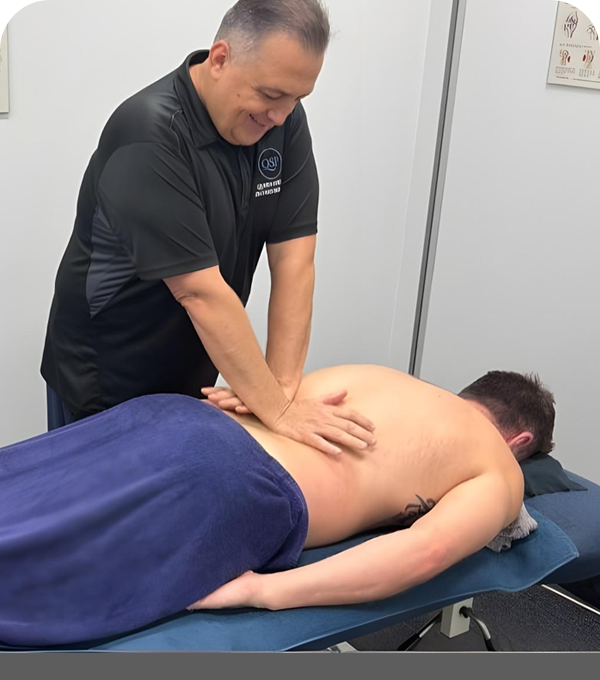

Soft Tissue Injuries

We all know that taking steps to prevent injury such as warm ups, stretching and proper strapping helps to reduce the possibility of incurring an injury in sport and our day-to-day activities. However, it’s an unfortunate reality that sometimes soft tissue injuries do occur.
Therefore, it’s important to understand the initial treatment of soft tissue injuries to prevent further injury and to promote a full and speedy recovery.
First of all, what is soft tissue?
Soft tissue is the name of the tissues that surround, connect and support other areas of the body, and include muscles, tendons, ligaments and nerves, among other things. Soft tissue is comprised of bands of special fibres and each of these has their own distinct function including
- Muscles – which are responsible to providing movement of a joint. They are comprised of fibres that shorten and lengthen, and are attached to the bodies bones by tendons.
- Tendons – which are slightly elastic tissues that connect bones to muscles. They are reasonably tough, but can be torn.
- Ligaments – which connect bone to bones; they are strong but not very elasticated.
Sprains and strains are two of the most common soft tissue injuries that occur.
Strains occur when a tendon or muscle is damaged, and sprains involve injury (usually small tears) to the ligaments. While the degree of injury that the tissue suffers will affect the overall treatment, early medical intervention is important in preventing prolonged pain or further injury.
Soft tissue damage can occur over time, or following a specific incident. In the latter instance, the signs of an injury will be reasonably clear; pain, swelling and the inability to use the joint properly are pretty good indications.

RICER
Immediately after receiving a soft tissue injury it’s good practice to follow the principles of RICER.
- R- Rest. This is important immediately following, and for several days (or weeks) after your injury. Don’t do anything that causes the site pain, as you could risk doing more damage to the area.
- I- Ice. Applications of ice packs for 15 minutes every two to three hours in the first three days after a soft tissue injury, helps reduce swelling and subsequently pain. Be careful not to leave the pack on for longer than 20 minutes at a time, as doing so may result in nerve damage. Avoid heat packs at this time, as they can encourage further bleeding.
- C- Compression. If possible, apply a compression bandage immediately after the injury occurs. Compression reduces swelling and bleeding, and helps to support the area while new scar tissue is being formed.
- E- Elevation. If possible, elevate the injured limb to above the height of your heart if it is safe to do so. Elevation is simply the process of using gravity to try and reduce swelling.
- R- Referral. See a medical professional. It is important to seek medical care following a soft tissue injury to rule out the possibility of fracture, or other injury.
Dependent on the severity of your injury, your age, health, fitness and previous injury you should expect to recover from a soft tissue injury within 1 to 6 weeks.
For moderate to severe soft tissue injuries or recurring injuries it is recommended to consult your physiotherapist who may provide you with a range of treatment options including exercise and stretching programs, manipulative therapy, massage therapy or even dry-needling depending on your specific injury and your personal needs.

